Mark Nicholls reports on how summer adds a new dimension to a break in this valley nestled in the heart of the French Alps.

What you notice, as you hike above the villages of the Belleville Valley, is the near silence. Rather than the winter whirr of ski lifts in Les Menuires or Val Thorens, the only sounds as you walk through the flowering alpine meadows is the occasional clang of a cowbell, the warning whistle of a basking marmot and the soothing gush of water tumbling down gulleys from peaks still dappled with snow in mid-July.
Yet summer in the Belleville Valley also delivers a rounded mountain learning experience.
While there are the opportunities to hike and mountain bike (or e-bike) and pursue other sporty activities, you subtly discover more about the culture and lifestyle, particularly how it has evolved with the transition from an agropastoral lifestyle to a tourism-driven economy.
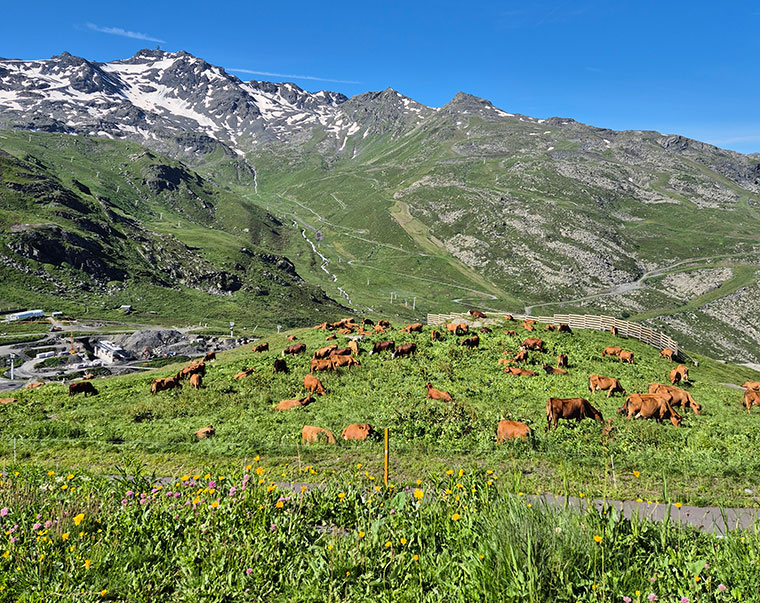
Within the modernity of purpose-built ski resorts, remnants of this older, slower, lifestyle are retained in the infrastructure, the cuisine and accommodation of remote refuges.
There’s seemingly little time to appreciate this in winter amid the exuberance of skiing leaving summer the season for that deeper discovery in the Belleville Valley.
Along the 8km trail between Saint-Martin-de-Belleville (1450m) and Les Menuires (1850m), for example, you pass the restored Moulin de Burdin beside the Doron des Belleville river.
Crashing past and shaded powder grey with sediment from the Chaviere glacier above Val Thorens, it is open every Wednesday and Friday and powered by water diverted through smaller channels.
A lone survivor of the communal water mills that were once dotted across the region, villagers would have brought their harvest of grain here to be ground into flour between heavy millstones to provide enough bread to last through the harsh winter.
“The miller was an important person and was traditionally elected by the villagers,” explained Manuele Silvestre, as she set the grinding mechanism to work. “He would take 5% of each bag of flour as payment for his services.”
See an iconic landmark
Heading into St-Martin-de-Belleville, where the 16th century baroque church provides an iconic landmark for skiers, further pieces of a previous lifestyle emerge.
As you wander around the village, amid luxury chalets and hotels, keep an eye out for the communal bread oven. Each village had one and as with the communal nature of the watermills, villages had their loaves baked in the central outdoor facility, which is still occasionally fired up in Saint-Martin-de-Belleville during summer.
And while museums may not be high on a mountain holiday itinerary, make an exception – particularly if the weather is changeable – to visit the village museum near the tourism office. Superbly curated with interesting displays, it explains how people once lived and the way their lives changed with the seasons.
Documenting the centuries-old agropastoral lifestyle of hay harvesting and animal husbandry, the museum also details the transition towards a tourism-based economy with the evolution of ski resorts in the 1960s and recollects the 1992 Winter Olympics coming to the valley.
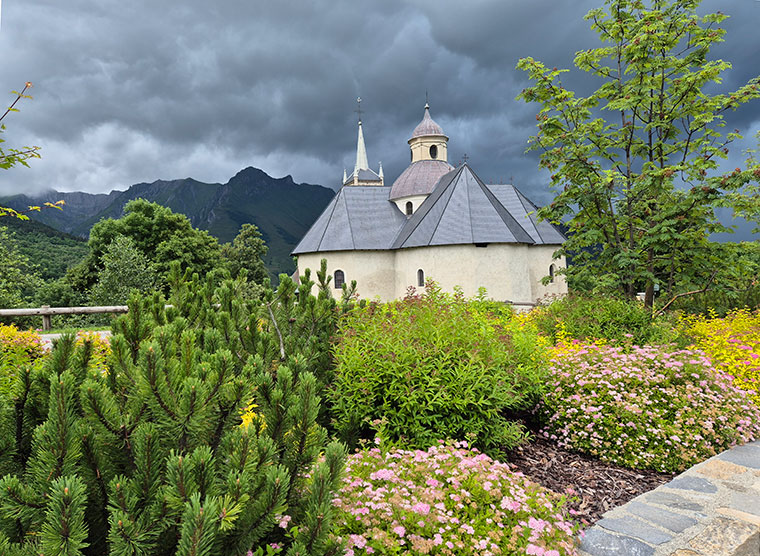
The museum reveals how those past residents of Saint-Martin-de-Belleville were also early ‘second-home owners’: living in their village houses with their livestock during the winter, but in summer – as the beasts were herded up the hillside to feed on the pasture – they relocated to their Montagnettes. These rudimentary mountain chalets had a kitchen, cellar and dairy to milk the animals and make cheese and butter.
Pause also to visit the magnificent Notre Dame de la Vie just outside the village. Built between 1630 and 1680, look out for the Ex Vito paintings in the entrance porch, some dating from the late 17th century, which were gifts from wealthy families who had their prayers answered.
The Belleville Valley – a commune covering 33 villages including Saint-Martin-de-Belleville, Les Menuires and on to Val Thorens – also sits in the National Park of Vanoise.
A mountain with many ‘faces’
Alongside hiking and mountain biking, sportier activities include canyoning, climbing and via ferrata but there is also archery and art with outdoor water colour lessons in the mountains in the Belleville Valley, which is criss-crossed with 321km of bike trails, 300km of footpaths, 16 lakes and five mountain refuges.
“Here, we have all the ‘faces’ of the mountain,” explained Marie Pierre (Mappy) from the local tourist office. “We have the flowers and trees at around 1000m through to the higher landscape at 3000m around Val Thorens. Activities are always connected with the mountains, nature and history – it is about learning a subject and learning about the mountains.
“In summer you can discover different parts of that which people don’t see when they come to ski in the winter. The emphasis on culture, heritage and history very much comes to life in the summer.”
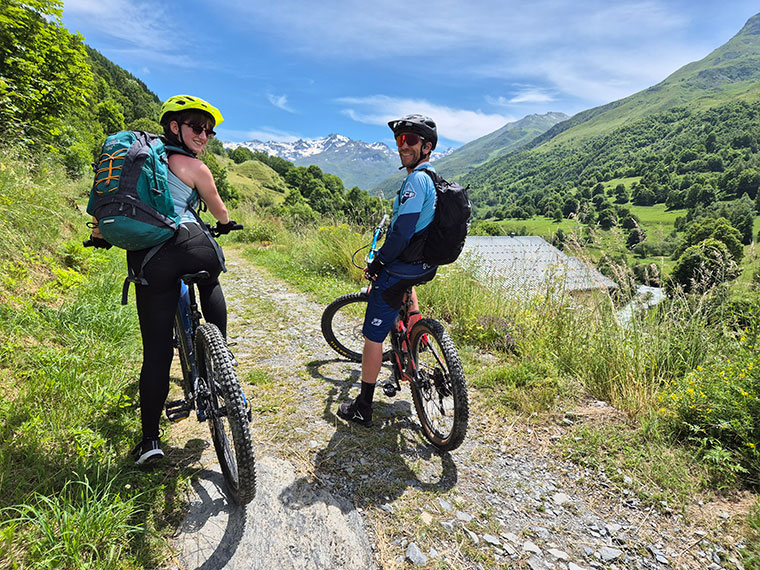
Try e-mountain biking
Using the power assistance of an e-mountain bike (e-MTB), our small group followed a route of discovery up the hillside towards refuge de Téton, set at 1710m above Saint-Martin-de-Belleville, across green slopes and alpine meadow blooming with clover, orchids, mountain cactus, and blueberry bushes.
From there, we followed trails through small villages and past the mill of Burdin towards Les Menuires.
Our guide Didier Collomb, who is a ski instructor in winter, explained how the biking trails are graded similarly to the ski terrain with green, blue, red and black routes for beginners through to experts, plus the Belleville Bike Park.
“The appeal in summer is the amount of open space; you have the trees, the mountains, flowers, and the refuges where you can stop and have a coffee, lunch or stay overnight. It is not difficult to reach higher altitudes of up to 2800m and with bikes available for children from 12 upwards, e-biking brings the family together in the mountains.”
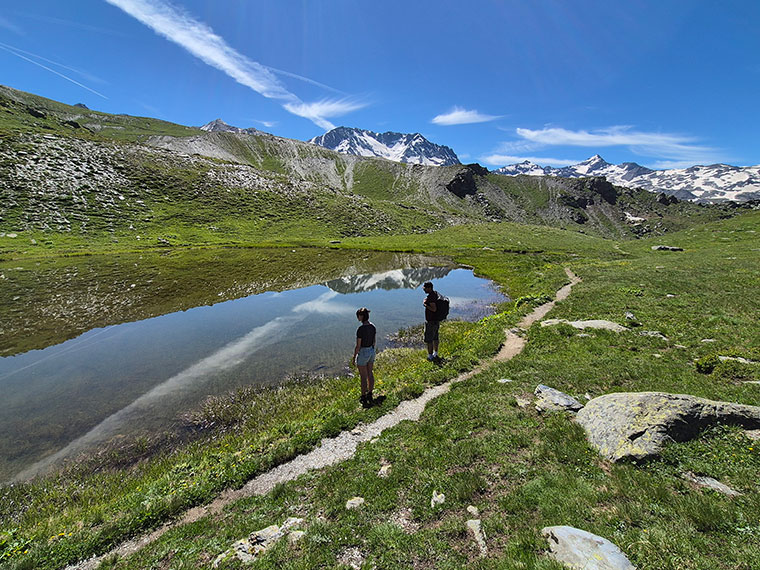
Discover nature
The next day, we set off on foot from a near-deserted Val Thorens at 2300m along a narrow path toward Le Lac de Montaulever, with walking guide Gilles Baud pointing out the flora and fauna along the way.
During the half-day hike we saw marmot, while elsewhere in the valley there are eagles, ptarmigan, black grouse and vultures, ibex and chamois. In the lakes, you can spot the black alpine triton, a small newt-like amphibian.
With opportunities for longer walks, including overnight stays in refuges, Gilles, who works with the ski patrol in the winter, said: “It is such a wild area in summer, you are so alone with nature, even with a shorter walk up to the lake.”
One of the high points in the Belleville Valley in the literal sense – and that applies in winter as well as summer – is to take the superfast lift up to Pointe de la Masse at 2800m, though you can also hike to it. From the viewing platform, there is a 360-degree panorama to Les Menuires below, Mont Blanc in the distance, and across to Val Thorens.
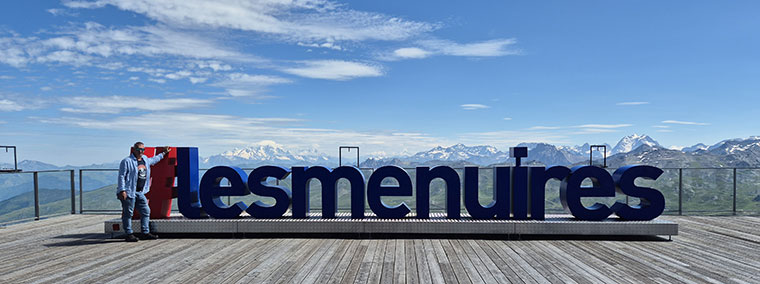
Food and drink
Food and drink are at the heart of the Belleville Valley experience, from the family-cooking of the refuges to the renowned La Bouitte restaurant with two Michelin stars.
We stayed overnight in Refuge Le Nant Brun in the remote village of Deux-Nants with an evening meal of goats cheese pastry with courgette and tomatoes, a delicious main course of Crozets de Savoie with cheese and chicken stuffed and topped with bacon and cheese, and blueberry crumble. Lunch the following day at Refuge de Téton was similarly tasty with tartiflette and duck parmentier.
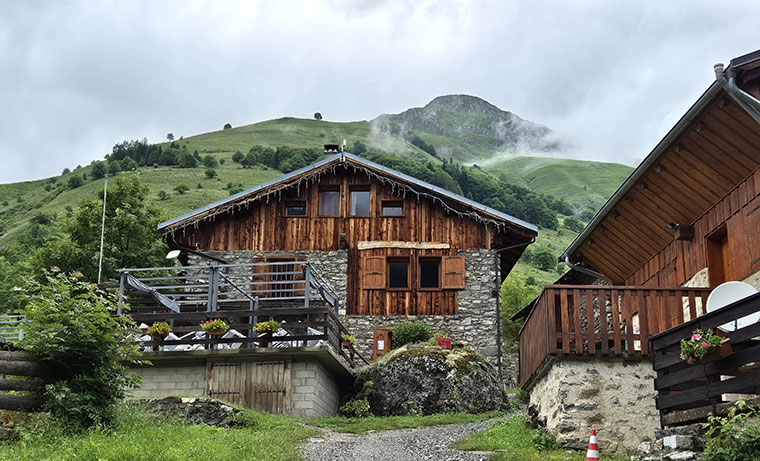
You can also learn about how to make beer on a visit to the Brava Vela microbrewery, opened by owner Julian Arto in a redundant goat shed and learn about efforts to revive black bees in the valley at the original stone village of Les Bruyeres, which is now an activity centre.
From there, it is possible to hike to Lac du Lou and head back to Chez Pepe Nicolas, a unique mountain garden and restaurant near Les Menuires, with all the produce for the dishes – such as potatoes, tomatoes, leeks, onions and herbs – grown on site with its cows and goats providing milk for cheese, milk, butter and ice cream.
The link between the cuisine, lifestyle, ambience and activities comes to life in the Belleville Valley during summer, and also delivers a chance for some good old-fashioned peace and quiet.
TRAVEL FACTS:
Accommodation: Mark Nicholls stayed at the three-star HO36 hotel in the centre of Les Menuires, with 33 rooms and an atmospheric bar and restaurant and in Refuge Le Nant Brun with accommodation ranging from small dorms, family rooms or double rooms.
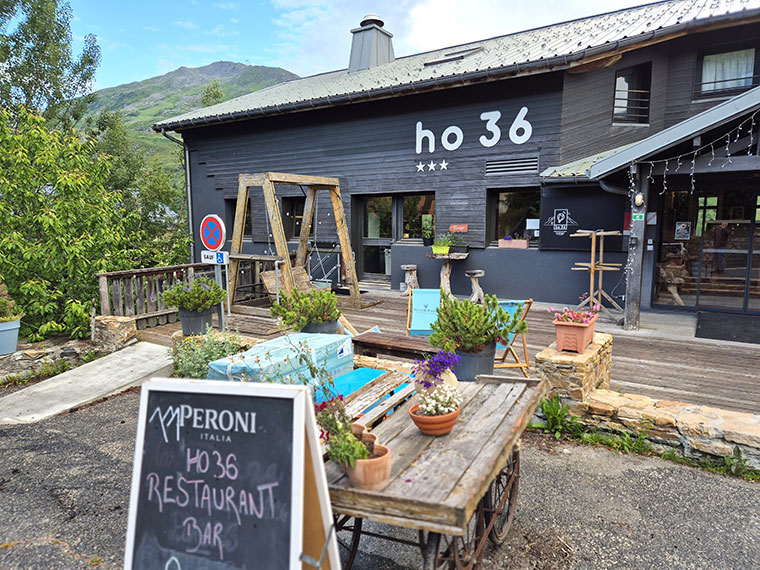
Dining out: Try Jacks in Les Menuires; La Voute opposite the church in Saint-Martin-de-Belleville; BBQ on the terrace at Beef & Lobster in Val Thorens; Le Setor restaurant with dishes such as duck in honey sauce or seafood lasagne in the Les Bruyeres activity centre; and Chez Pepe Nicolas for some home-grown produce.
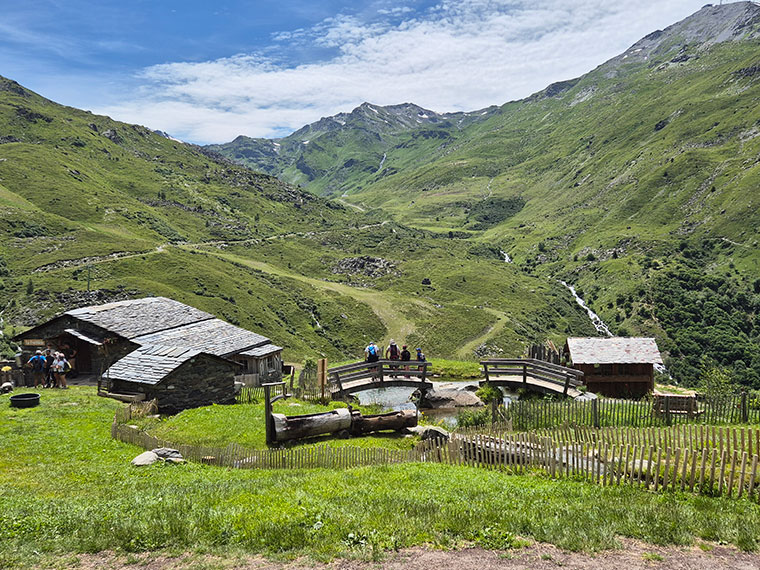
For more information: visit valleedesbelleville.com and also check out the ‘Passeport Ascensionnel’ which offers discounts on summer activities in the valley.
TRAIN OR PLANE?
Mark Nicholls travelled to the Belleville Valley by train. Booked independently, a return fare in July 2024 was around £400, departing London St Pancras International at 8am, and crossing from Paris Gare du Nord to Gare du Lyon for a connection to Chambery and a further change for the train to Moutiers with a 30-minute taxi transfer to Les Menuires. The journey took about nine hours. This journey compares to a sample flight from London to Geneva costing £170 return, plus a 2-3 hour transfer.
For those looking to head there for the ski season, Mark’s visit coincided with the announcement of the return of the Eurostar Snow Service from 21 December 2024, with the train departing London on Saturdays at 9.01am and calling at Chambery, Albertville, Moutiers, Aime La Plagne, Landry, and Bourg St Maurice, returning on Sundays. One way Eurostar Snow Service fares start at £139, with a change in Lille. Visit Eurostar.com
Categories: Activities, Resort News